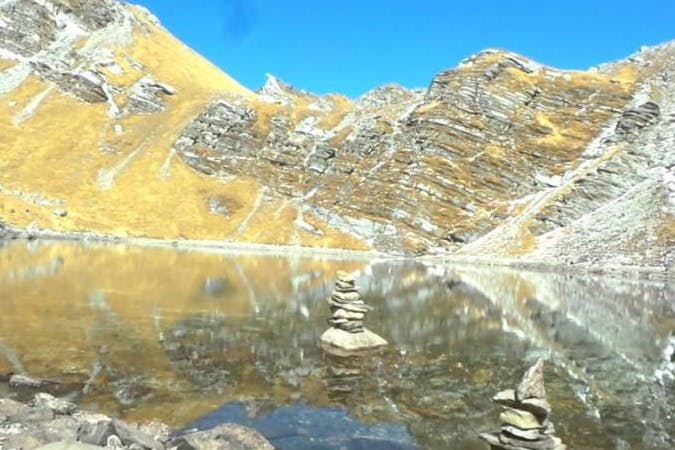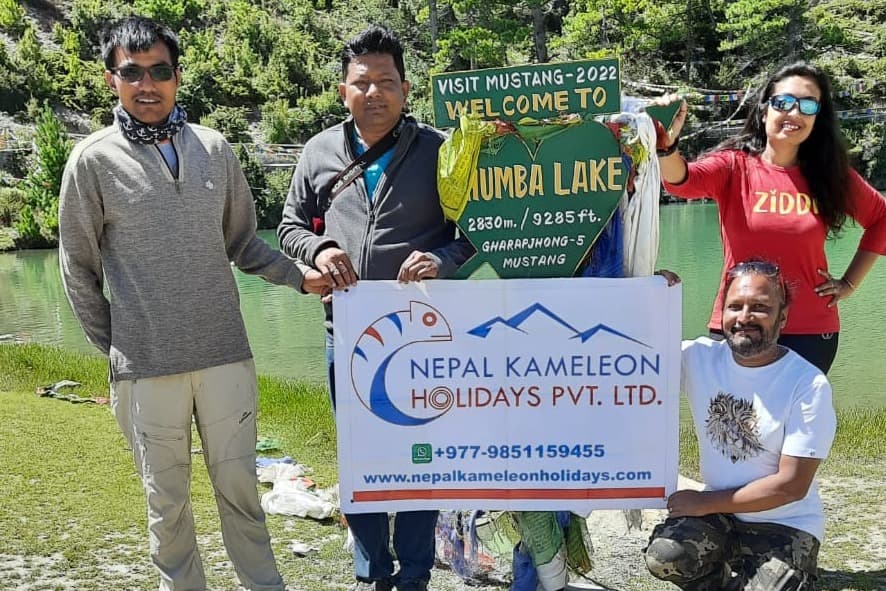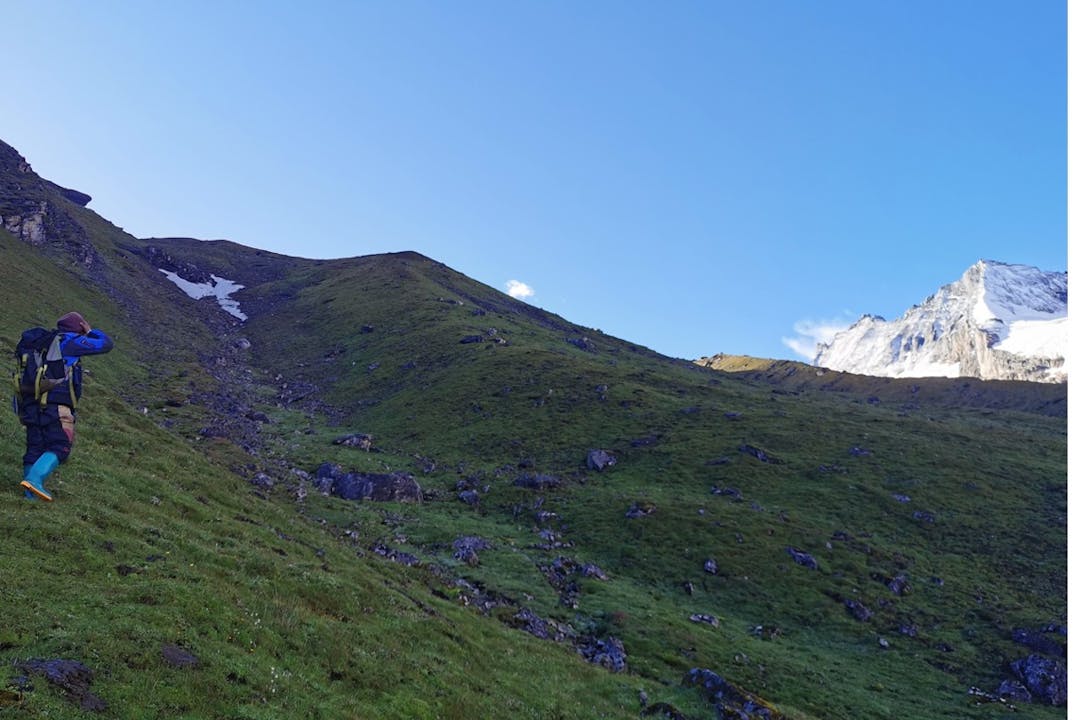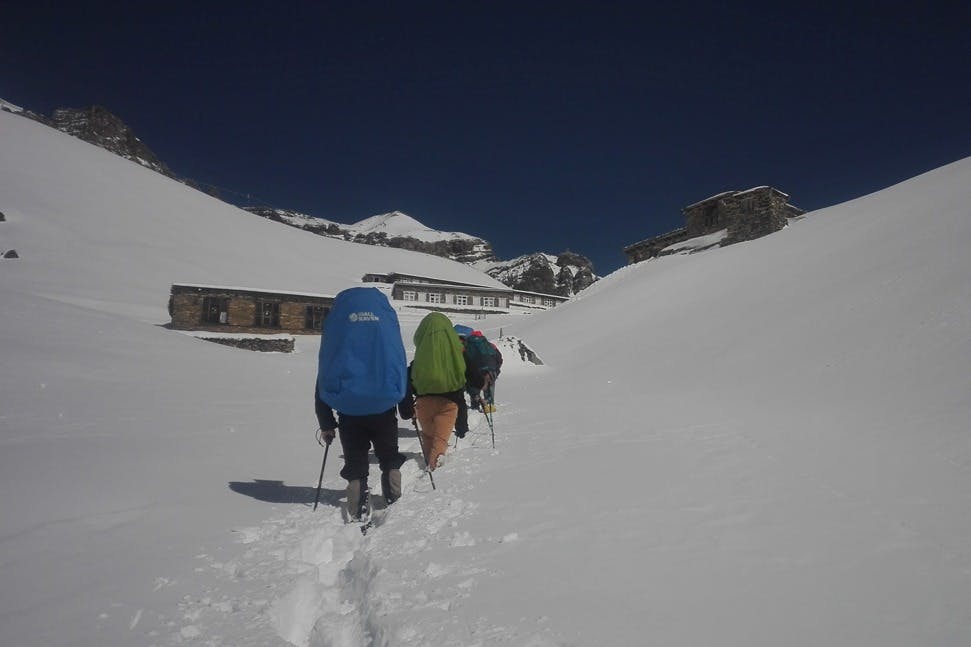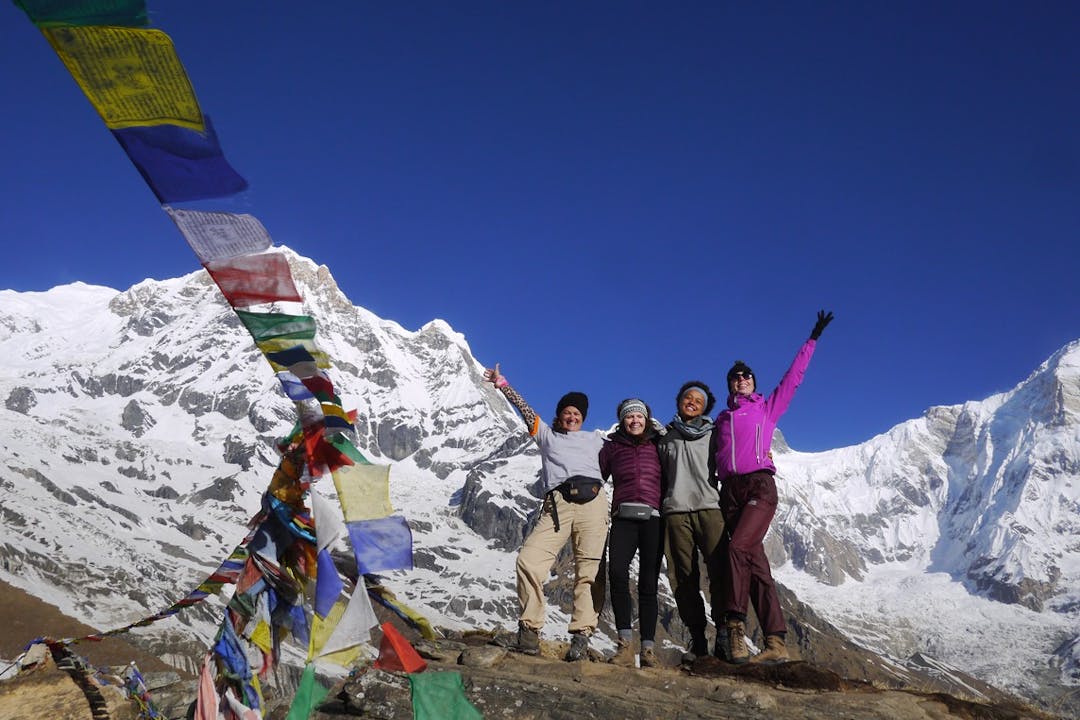Ghorepani Poon Hill Trek is a short and lovely excursion in the lower Annapurna region. It is an easy trek that does not require acclimatization or previous trekking experience. The trek is an opportunity to view the beat Himalayan attractions of Annapurna, Dhaulagiri, and Manaslu region peaks and the stunning sunrise view over them. This is why the trek is also popular as an Annapurna sunrise trek. Poon Hill (3210 meters) is the highest point of this trek.
Poon Hill trekking trail is gentle, however, you have to walk continually up and down the route. The 5-day walk to Ghorepani Poon Hill begins from Nayapul with a complete arrangement of Nepal Kameleon Holidays. For three days, you walk through the evergreen rhododendron forest. In Spring, the trek becomes exceedingly outstanding with the blooming of various rhododendron species. This is one of the super parts of the Ghorepani trekking. During the trek, you pass through the ethnic Magar and Gurung villages (Ghorepani and Ghandruk), where you can explore the ethnic culture and hospitality. The trek makes a circuit and your trek descends through the village of Gurkhas- Ghandruk and ends the trek at Nayapul and drives back to Pokhara.
Nepal Kameleon Holidays organize Ghorepani Poon Hill Trek with your suitable itinerary. We combine this trek with the Chitwan National Park Tour, where you can enjoy jungle safari activities. This is the best trip recommended for you. Please, feel free to contact us for your further inquiries.
WhatsApp: +977 9851159455
Email: [email protected]
It's best to join our Chitwan Jungle Safari Tour for 02 Nights/03 Days after completing Ghorepani Poon Hill Trekking.
Best Season for Ghorepani Poon Hill Trekking
Spring offers the best view of the entire region of blooming rhododendron flowers. Spring is great with warm days and clear weather. The giant Himalayan peaks of the Annapurna region look so dazzling. March-April and May are excellent months for trekking in Annapurna.
Autumn is another excellent season for the Ghorepani Poon Hill Trek and exploration of the massif Annapurna peaks. If you are trekking in the autumn season, try to manage in the October-November months. However, December and January are also great as it is a lower altitude trek (up to 3210 meters).
Views on Ghorepani Poon Hill Trekking
- Ethnic Magar and Gurung communities
- Rhododendron woods and greeneries
- Majestic view of Mt. Annapurna, Dhaulagiri, Fishtail, Himchuli, etc.
High Altitude Sickness
You don't need to worry about the high altitude sickness as it is a lower altitude trek.
Accommodation in Ghorepani Poon Hill Trekking
Excellent forms of accommodation facilities are available in Ghorepani Poon Hill Trekking. Attached bathrooms will be also available along with warm dining halls.
Food in Ghorepani Poon Hill Trekking
Ghorepani Poon Hill Trek- most probably the yummiest trek in Nepal. A lot of food items are available and served with nice smiles. Typical Nepali meals are the best option to try (Dal, Bhat, pickle, soup), noodles, Indian menu, Chinese cuisine, continental, and many more.
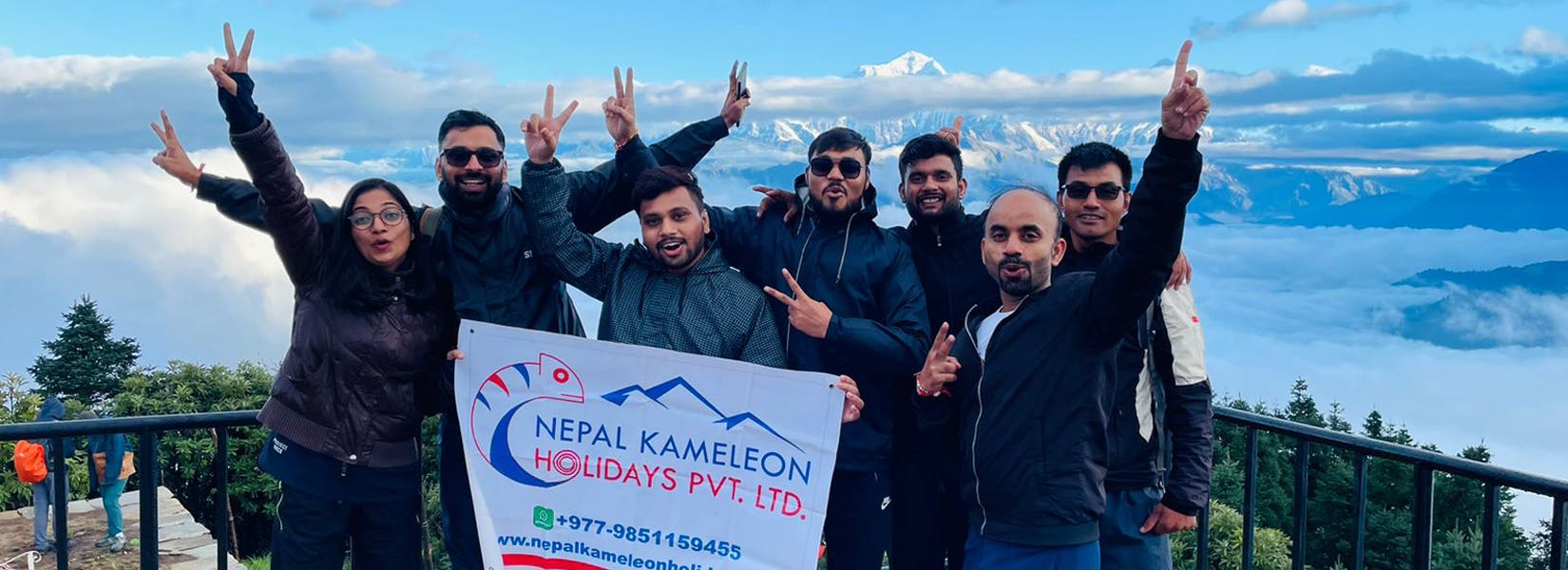
.jpg&w=3840&q=75)
